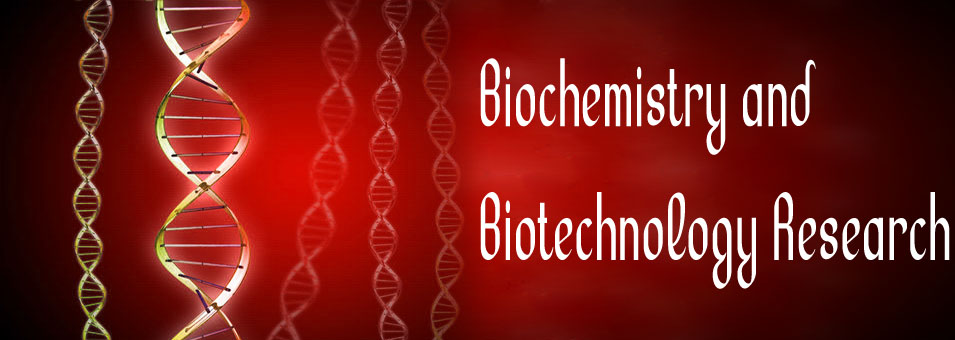Supramolecular metal coordination polymers containing from 1,3-di(4-pyridyl)-propane and 2-amino-4-methylthiazole
Maged S. Al-FakehBiotechnology and Biochemistry Research
Published: September 5 2017
Volume 5, Issue 2
Pages 30-38
Abstract
A series of supramolecular coordination polymers of the general formula {[M(DPP)(AMTZ)Cl2(H2O)].xH2O}n, (M = Mn(ІІ), Co(II), Cu(II), Ni(ІІ) and Cd(ІІ), DPP = 1,3-di(4-pyridyl)-propane and AMTZ = 2-amino-4-methylthiazole, has been prepared and characterized. The structure of the compounds has been assigned based on elemental analysis, FT-IR and electronic spectral studies. Thermogravimetry (TG), derivative thermogravimetry (DTG) and differential thermal analysis (DTA) have been used to study the thermal decomposition steps. The mechanism functions of the first decomposition step for Mn(II), Cu(II) and Cd(II) complexes were determined. Meanwhile, the thermodynamic parameters (ΔH, ΔG and ΔS) and kinetic parameters (activation energy E) for the three complexes were also calculated. The antimicrobial activity of the synthesized compounds was tested against six fungal and five bacterial strains. The majority of compounds were effective against the tested microbes. The bacteria and fungi strains are common contaminants of the environment in Yemen; some of which are frequently reported from contaminated soil, water and food, or involved in human and animal diseases.
Keywords: Supramolecular coordination polymers, XRD, thermal decomposition mechanism, biological activity.
Full Text PDF
